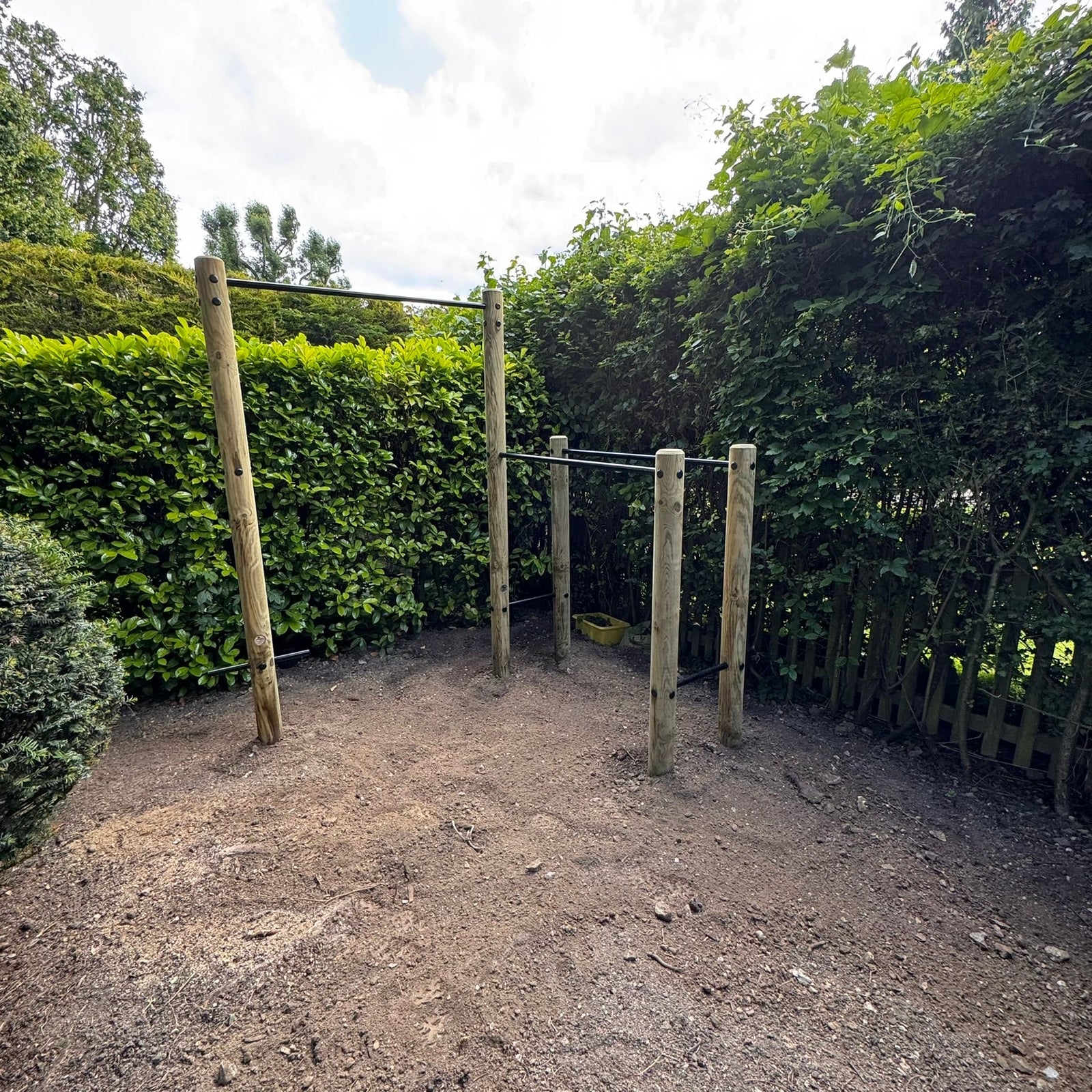Have an enquiry? Call us today on 0333 050 2911
Have an enquiry? Call us today on 0333 050 2911

The Strength in Stillness: Mastering Isometric Control
November 14, 2025 3 min read
Power isn’t always explosive. True strength often hides in the pause — that trembling space between motion and rest. The warrior who learns to hold tension, to command his body without movement, discovers a deeper form of mastery. In a world obsessed with momentum, stillness becomes rebellion — a test of discipline and inner command.
Isometric training is the art of resisting gravity without motion. Every fibre works, yet the body remains still. It’s where control, endurance, and awareness converge. Holding a plank until the arms shake, suspending mid-pull-up, locking a stance until the legs burn — these are trials that forge not just muscle, but character.
The Body as an Anvil
When you hold still under strain, you force the body to recruit every available muscle fibre to stabilise the position. This static resistance builds raw, joint-protective strength and heightens the mind–muscle connection. Ancient warriors practised it instinctively — whether gripping a bowstring or bracing a shield wall. Each hold was a silent promise: I will not yield.
Modern science backs what the ancients already knew. Isometric contractions increase tendon integrity, boost strength through the full range of motion, and sharpen neural coordination. But beyond physiology, stillness trains composure — the ability to stay calm under pressure, to channel energy without panic.
The Warrior’s Ritual: Training Stillness
- Begin with control, not exhaustion. Warm up the joints — wrists, shoulders, hips — before every hold. Isometrics are best performed when focus is high, not when fatigue clouds the mind.
- Choose foundational positions. Plank, wall-sit, hollow-body hold, or active hang. Each demands posture, breath, and unwavering intent.
- Hold for time, not reps. Start with 20-30 seconds. Focus on tension throughout the body — every muscle awake, every joint stable. Build gradually toward a minute or more.
- Breathe through the fire. The moment you hold your breath, you surrender control. Inhale through the nose, exhale slow and deliberate. Breath anchors discipline.
- End with release. After each hold, let the body move freely — shake out limbs, stretch, and feel the flood of circulation return. That release is as important as the effort.
Rhythm Over Rush
True rhythm in training isn’t about speed — it’s about cadence. Stillness teaches you to feel the beat between movements. Each hold becomes a drumbeat of awareness: tension, breath, release. Over time, this rhythm bleeds into every part of life. You start to move with intent, speak with calm, and act without wasted motion. The body becomes an instrument of focus.
Warrior’s Reflection
To hold still under pressure is to know yourself completely. The burn that once felt unbearable becomes information — not punishment. The noise of the world fades, leaving only pulse, breath, and discipline. Strength built in motion fades quickly; strength built in stillness endures. When the battle comes, the man who can hold his ground — unmoving, unshaken — wins before the first strike lands.
FAQ
How long should I hold an isometric position?
Beginners should start around 20 seconds, focusing on perfect form and breathing. Advanced practitioners can extend to 60–90 seconds or perform multiple rounds for endurance.
Are static holds safe for joints?
Yes, when performed with control and correct alignment. Isometrics strengthen connective tissues and improve joint stability — just avoid locking joints under extreme load.
Can I mix isometrics with dynamic training?
Absolutely. Pair static holds before compound lifts or calisthenic movements to prime muscle activation and enhance strength output.
Pictured product is the Contemporary Pro, Single Pull Up Bar and Dip Station by our esteemed partner, The Garden Gym
DEBUG handle:
Continue your journey in the Warrior’s Kitchen: Discover open-fire recipes, ancestral cooking techniques, and foraged feasts built for resilience. Explore A Warrior’s Feast
Subscribe
Sign up to get the latest from the warrior's way blog, promotions and more
